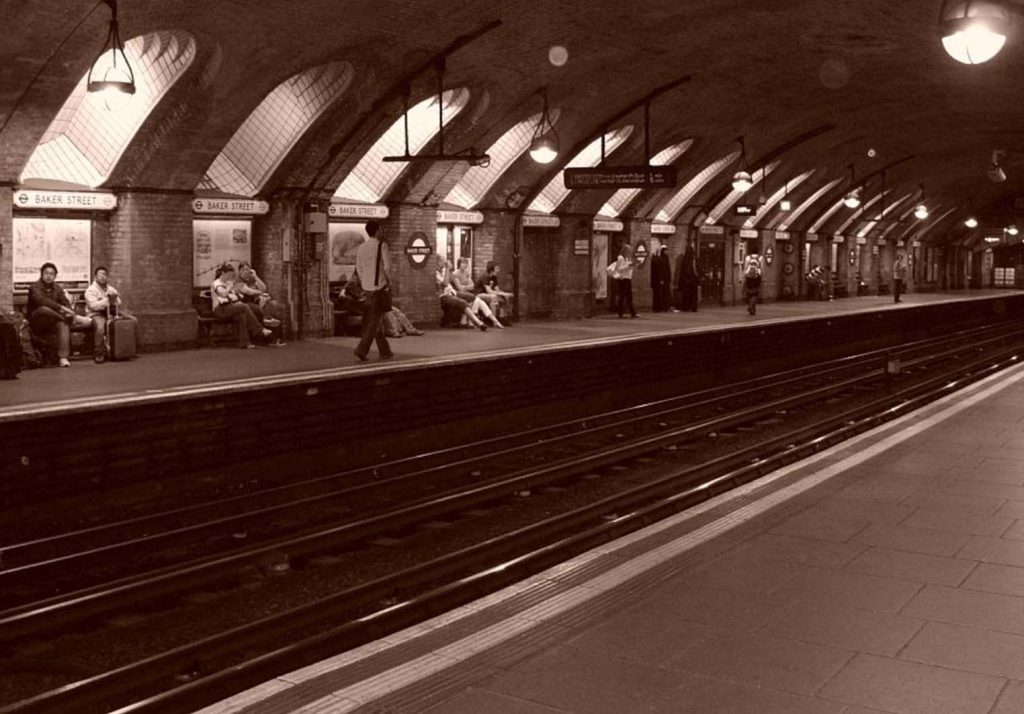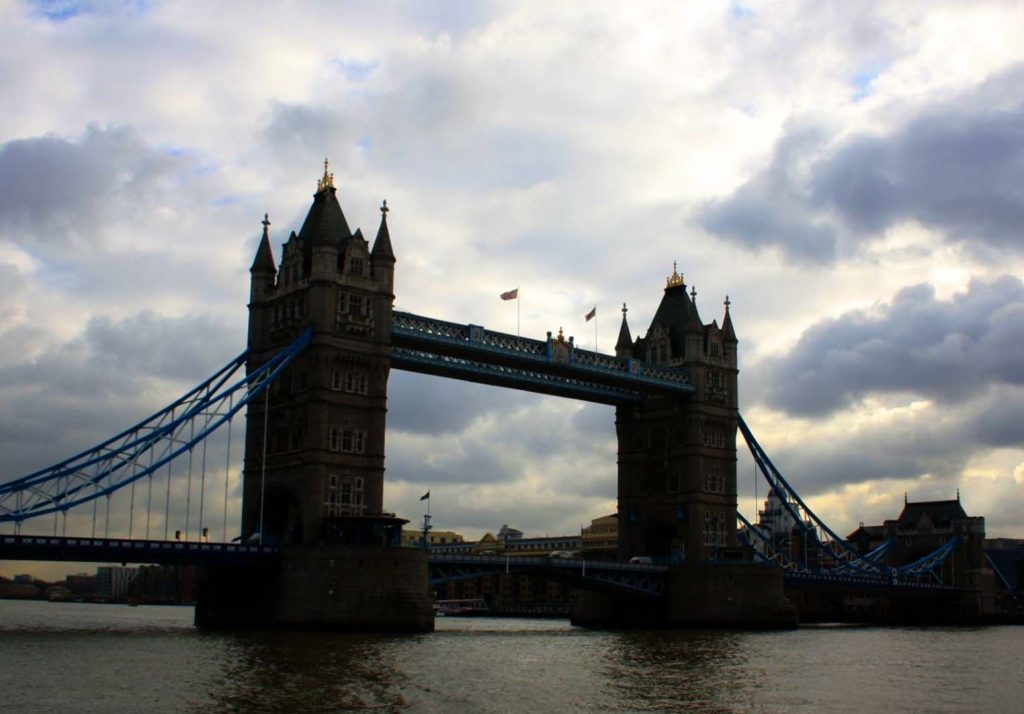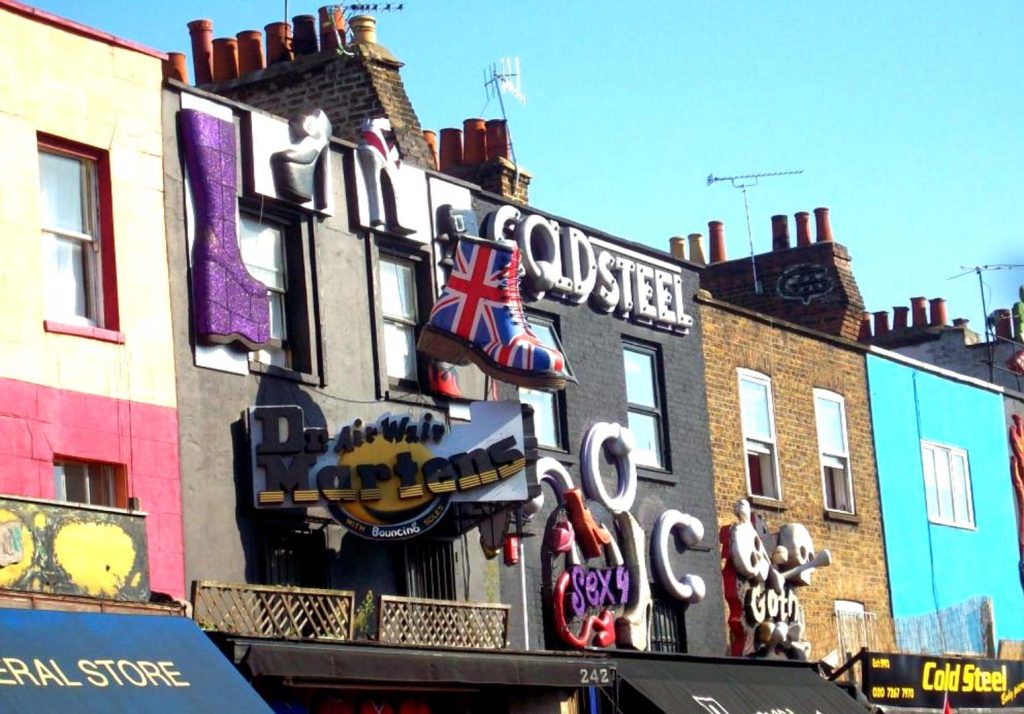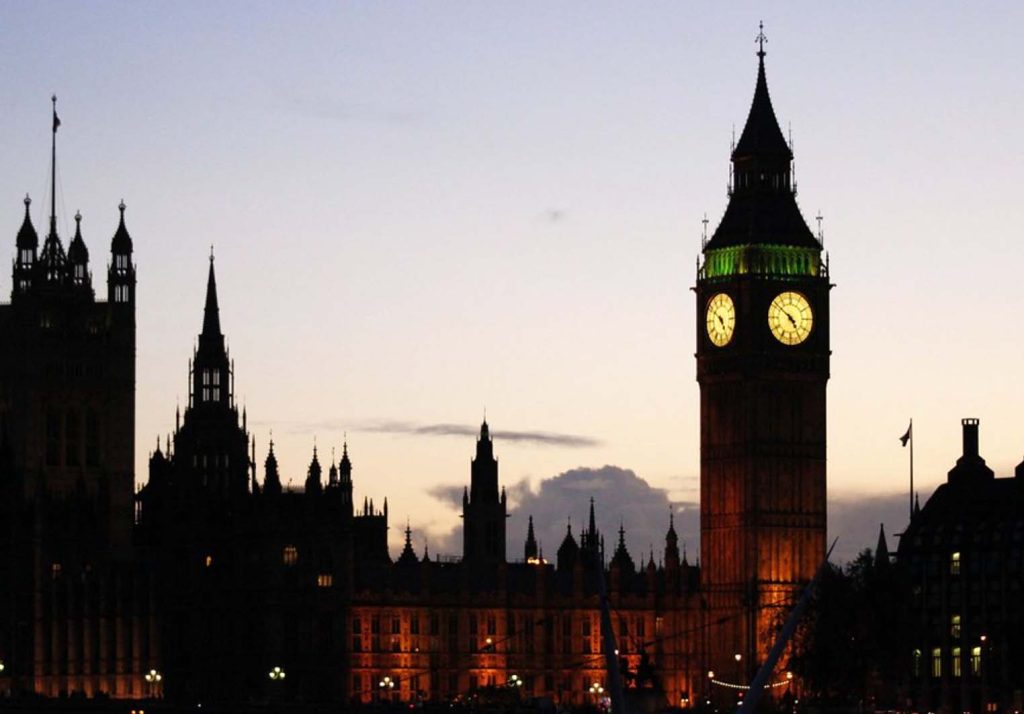According to reports, London is known for its high cost of living, and the British pound is usually strong, making the expenses for exploring this exciting metropolis higher for almost any nationality. Most tourists are striving to keep their costs low when exploring the capital of England, but there are some tips to visit London without spending thousands of dollars. In today’s post, I will share my top travel recommendations for touring London on a budget:The most economical ways to tour London.Free attractions in London.. The best free walking tours in London. How to save money at paid attractions in London. How to eat and drink inexpensively in London. Affordable luggage storage options in London.
How to Explore London on a Budget
Discovering how to utilize London’s public transportation
During your stay in London, public transportation can be one of your most costly expenses, but there are several methods to save money on buses and the underground. To begin, get an Oyster card instead of paying the single fare every time – trust me, you’ll need one. The card itself requires a £5 deposit, but it will be refunded when you return the card.
Obtaining an Oyster card in London
When purchasing an Oyster card, you have two options: you can buy a daily or weekly travel card, or simply top up the card. So, if you don’t plan on traveling multiple times in a day, the “pay-as-you-go” option will be cheaper (though if you don’t live in central London, you’re likely to use public transport every day). Using the pay-as-you-go option, each journey costs only £2.40, as opposed to the single fare of £4.90.
If you opt for the pay-as-you-go option, your daily fare cap is £7.20 (for zones 1 and 2 in central London), which is the price of a day pass. By the way, a day is calculated until 3 a.m. the next day. If you’re wondering how much to load onto your card: £20 is usually sufficient to cover a round trip from Heathrow Airport to central London and one or two days of travel within zones 1 and 2. If you plan to stay for 3 to 4 days, load £30 onto your card. If your card runs out, you can add more at any time. If you’re going to be in London for a week, the most cost-effective option is a 7-day travel card (zones 1 and 2 at £36.10).
These adjustments help maintain the original meaning and information while using slightly different phrasing.

London Off-Peak and Peak Ticket Prices
Understanding how to navigate London’s public transportation system efficiently is essential for budget-conscious travelers. Public transport in London can be one of the most substantial expenses, and finding cost-effective ways to use it is crucial. Even if you choose not to acquire an Oyster card, there are alternative options available.
If you decide to skip the Oyster card, you can purchase paper travelcards, but they are considerably pricier. A daily paper travelcard can set you back £12, in contrast to the Oyster card’s daily cap of £6.40. However, it’s worth noting that travelcards offer flexibility. If you’re running late, you can opt for off-peak travelcards, which are more affordable than standard travelcards. These off-peak cards are valid for travel after 9:30 AM, making them ideal for late risers.
It’s important to emphasize that there is no distinction between travelcards based on the zones. For instance, the price for an off-peak travelcard in Zone 1 remains the same. However, if you reside in a location farther from central London and require a travelcard covering travel to Zone 5, you will incur an additional cost of £5.
When using an Oyster card, taking the London bus can be a cost-effective way to get around the city. The bus system in London is not only efficient but also more affordable than the Tube during specific times. The bus fare with an Oyster card remains constant at £1.50, irrespective of whether you travel during peak or off-peak hours. Additionally, if you solely utilize the bus system and use the pay-as-you-go Oyster card, your daily fare is capped at £4.50. This means that once you’ve reached this amount, you can continue to travel on the bus for the rest of the day without incurring additional costs.
Touring London by Local Buses
Opting for local buses can be a superior way to explore London, especially if you have some flexibility in your schedule. While hop-on-hop-off bus tours provide a convenient way to experience the city, they can be relatively expensive. In contrast, London’s regular bus routes pass by many of the city’s most iconic landmarks and are included in the price of your daily travel pass or Oyster card.
The Number 9 bus is one such option, connecting travelers to numerous popular attractions. You can board this bus directly at Piccadilly Circus. The Number 9 bus route traverses significant points of interest, including Trafalgar Square, Somerset House, Harrods, the Albert Memorial, and the Royal Albert Hall. The bus’s final destination is the magnificent St. Paul’s Cathedral in East London.
Another exceptional choice for a sightseeing experience is the RV1 bus, which operates between Covent Garden and Tower Gateway. Passengers have the flexibility to board the bus at either end of this route. The RV1 route follows the picturesque path along the River Thames, offering breathtaking views and passing by notable landmarks such as the South Bank, the London Eye, London Bridge, and Tower Bridge. This scenic route allows you to explore London’s highlights while keeping your transportation costs in check.
These recommendations provide insights into how to maximize your budget while exploring London’s public transportation options. Whether you opt for an Oyster card, travelcards, or the bus system, London’s diverse transport choices cater to various preferences and offer opportunities for a memorable and affordable exploration of this vibrant city.

London’s Abundance of Free Attractions!
One of the aspects I absolutely love about London is the sheer number of cost-free attractions it offers. This includes world-famous museums like the British Museum, the National Gallery, and the Tate Modern, making it a perfect solution for those occasional rainy days, which are rather common in London!
Beyond the no-cost access to museums and galleries, there are numerous other iconic London sites that you can explore without having to open your wallet. Here are a few examples:
- Piccadilly Circus
- Tower Bridge
- Hyde Park
- Borough Market and Notting Hill
- A leisurely riverside stroll along the Thames
- Experiencing the Changing of the Guard and the Horse Guard Parade
- Gazing at the magnificence of Big Ben (or the Elizabeth Tower)
- Camden Market and its picturesque canals
- Primrose Hill’s scenic beauty
- The vibrant atmosphere of Trafalgar Square
- Oxford Street (though it’s advisable to exercise shopping restraint, or consider a visit to Primark for budget-friendly options).
With a wealth of free attractions to choose from, London provides an opportunity for visitors to immerse themselves in the city’s rich culture, history, and dynamic ambiance while keeping their wallets pleasantly untouched. Whether you’re delving into world-class museums or marveling at the city’s iconic landmarks, London’s treasure trove of cost-free experiences ensures that your visit is as enriching as it is budget-friendly.

Hence, although a trip to London might entail significant expenses, should you feel compelled to visit attractions like Madame Tussauds, you can offset the costs by admiring scenic views at places such as Buckingham Palace, the London Eye, or The Shard skyscraper (notably more budget-friendly if you opt for climbing The Monument). Speaking of The Monument, its entrance fee in London is a mere £3, while you can relish entirely cost-free panoramic vistas when you venture to Primrose Hill or Hampstead Heath.
By taking advantage of these options, you can savor the stunning cityscape without burdening your budget, ensuring that your London adventure remains both memorable and financially sensible.
Exploring London on Foot with Free Walking Tours
I have a strong appreciation for complimentary walking tours as they offer an exceptional means to gain a comprehensive introduction to the city, establish your bearings, and receive valuable insights into its history and hidden gems. Tour guides are enthusiastic about sharing their expertise on the city, so whether you’re in search of recommendations for local cuisine or a cozy pub serving budget-friendly beverages, don’t hesitate to inquire.
When you engage in free walking tours, you’ll quickly notice that many of London’s attractions are conveniently clustered, and the central areas of the city are remarkably pedestrian-friendly. Among the recommended free walking tours is the Westminster excursion, which typically spans around 2.5 hours. During this tour, you’ll have the opportunity to explore prominent landmarks such as Buckingham Palace, 10 Downing Street, Trafalgar Square, Nelson’s Column, St. James’s Park, and the Royal Horse Guards, to name a few.
These guided walks not only furnish you with historical and cultural insights but also afford you the chance to traverse London’s iconic sites on foot, allowing for a deeper immersion into the city’s dynamic ambiance. Participating in a free walking tour can be a rewarding and budget-conscious approach to uncovering London’s treasures, rendering it an ideal choice for travelers keen on maximizing their exploration without straining their finances.

The Most Budget-Friendly Airbnb Experiences in London
Exploring London on a limited budget means being wise with your spending, and if the idea of immersing yourself in London while supporting the local community appeals to you, I recommend checking out Airbnb Experiences. London boasts a plethora of Airbnb Experiences, spanning from private photography sessions and tango classes to chocolate tasting tours, pottery workshops, LGBTQ+ journeys, and a wide array of walking tours, food adventures, and pub crawls.
To save time for budget-conscious travelers in sifting through all of London’s Airbnb Experiences, I’ve compiled a list of the most affordable options. These include Harry Potter-themed tours, historical walking expeditions, street art explorations, street photography sessions, royal history journeys, and a pub-hopping adventure.
Staying in Airbnb (Airbnb Accommodations)
The fact that hotel prices in London can be expensive is no secret. Unless you stumble upon an incredible deal (I once found a fantastic room at Z Hotel on Piccadilly Circus for just £50 during my last trip to London!), the costs can add up quickly, especially if your travel dates extend beyond a weekend getaway. On Airbnb, you have the option to rent an entire apartment or a private room within someone’s home. This choice usually involves paying only a fraction of the cost of a hotel room. It might not offer the same level of comfort as a hotel, but it’s often far cozier than a hostel dorm room. Plus, you get the chance to stay with a local host who can recommend budget-friendly dining options and other money-saving tips. It’s also a great way to get a taste of Londoners’ lifestyles.
Note: Keep in mind that the further you are from the city center, the more expensive London’s public transport becomes. When booking a room for just £21 a night on Airbnb, consider this. A weekly travel card in zones 1 and 2 costs £35.10, whereas for zones 1 to 6, it’s £64.20 – a significant difference. Ideally, you’d want to stay within zones 1 or 2 to avoid paying extra for tube and bus fares, which will also save you a considerable amount of time – getting from central London to zones 5 and 6 takes just an hour.
London’s Budget-Friendly Luggage Storage
If you’re leaving London on an evening flight and staying in a hotel or a hostel, luggage storage is usually not a problem. Most hotels and hostels offer free or low-cost luggage storage services. However, if you’re staying on Airbnb, luggage storage can be a concern because Airbnb hosts might not be able to accommodate your luggage after you’ve checked out, especially when new guests are arriving.
Thanks to the Airbnb economy, some startups have sought to address this issue and provide cost-effective luggage storage solutions in London. Here are some of the cheapest luggage storage options in London:
- LuggageHero (£6 per day)
- Stasher (£6 per day, with an additional day costing £5)
- BagBnb (£5 per day)
- NannyBag (£6 for the first 24 hours, followed by £4 for the next 24 hours)

Saving Money on Paid Attractions in London
If you plan to visit some of London’s non-free attractions, consider purchasing a London Pass, which covers over 60 London attractions, including Thames river cruises, the Tower of London, and Westminster Abbey. Tip: You can get a 10% discount if you buy the London Pass through the official tourist information center, VisitLondon.
If you’re only planning to visit one or two paid attractions, check online to see if they offer advance booking discounts. Most attractions provide this service – for instance, the London Eye can be 20% cheaper if you book in advance.
If you’re planning day trips out of the city by train, such as to Bath or Brighton, check the National Rail website for two-for-one offers on major attractions (if you buy a train ticket). By the way, train tickets should also be purchased in advance. If you buy a ticket to Brighton on the day, it’s £22.90, but if you purchase it a few weeks in advance, it can be as low as £11. Planning ahead like this can have a significant impact on your wallet.
Discounted West End Theatre Tickets in London
Theatrical performances are a quintessential part of many travelers’ itineraries in London, and catching a show in the West End is a worthwhile splurge. However, budget travel in London doesn’t mean you have to miss out on experiencing London’s West End theater or musicals. The best part is that enjoying a play or musical doesn’t have to cost a fortune – I’ve seen shows for just £20!
Similar to New York, London has discount ticket booths. Head to TKTS in the afternoon to purchase discounted tickets for that evening’s performance. The Guardian recently published a guide on how to get the best value West End theater tickets.



